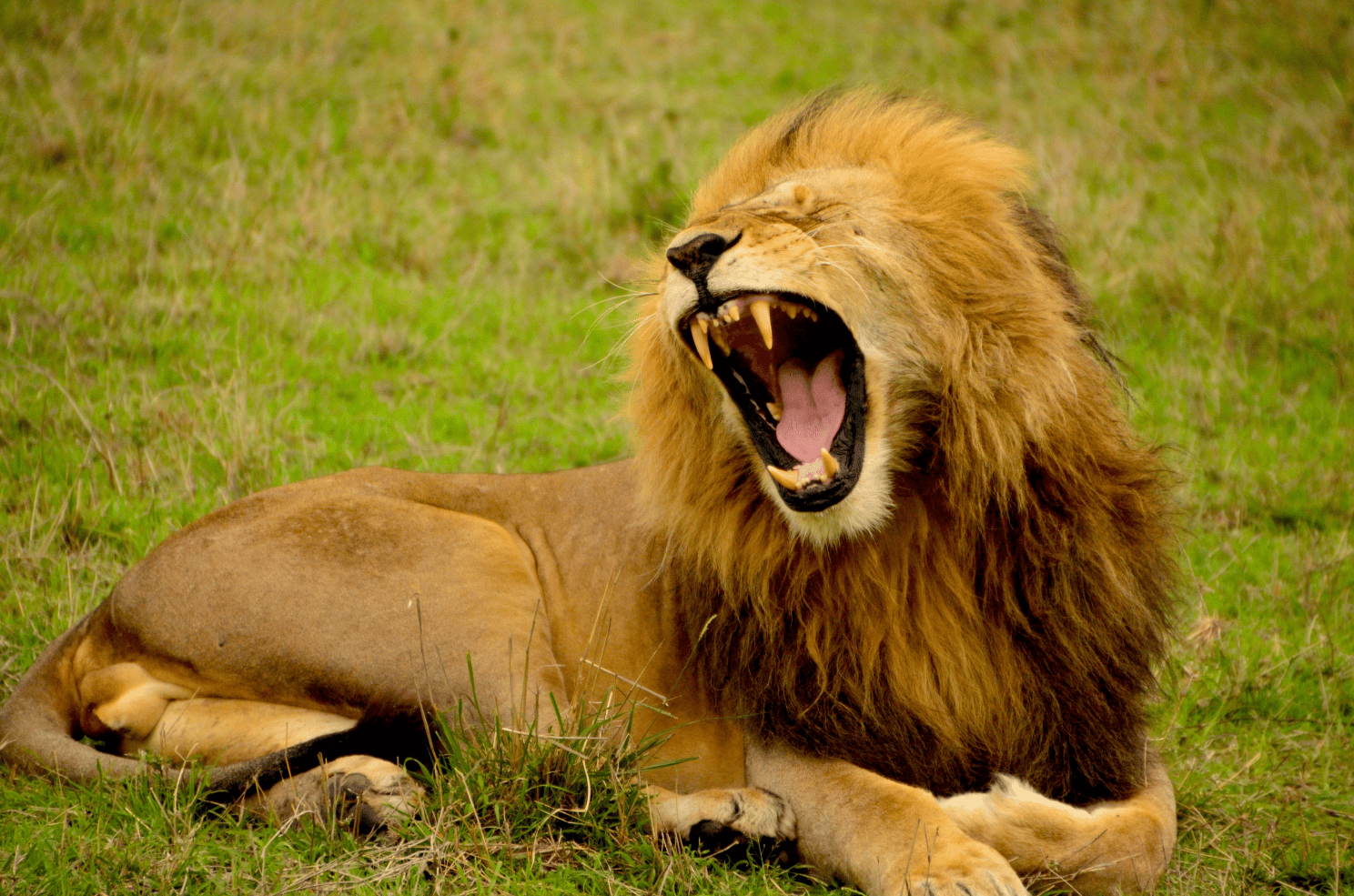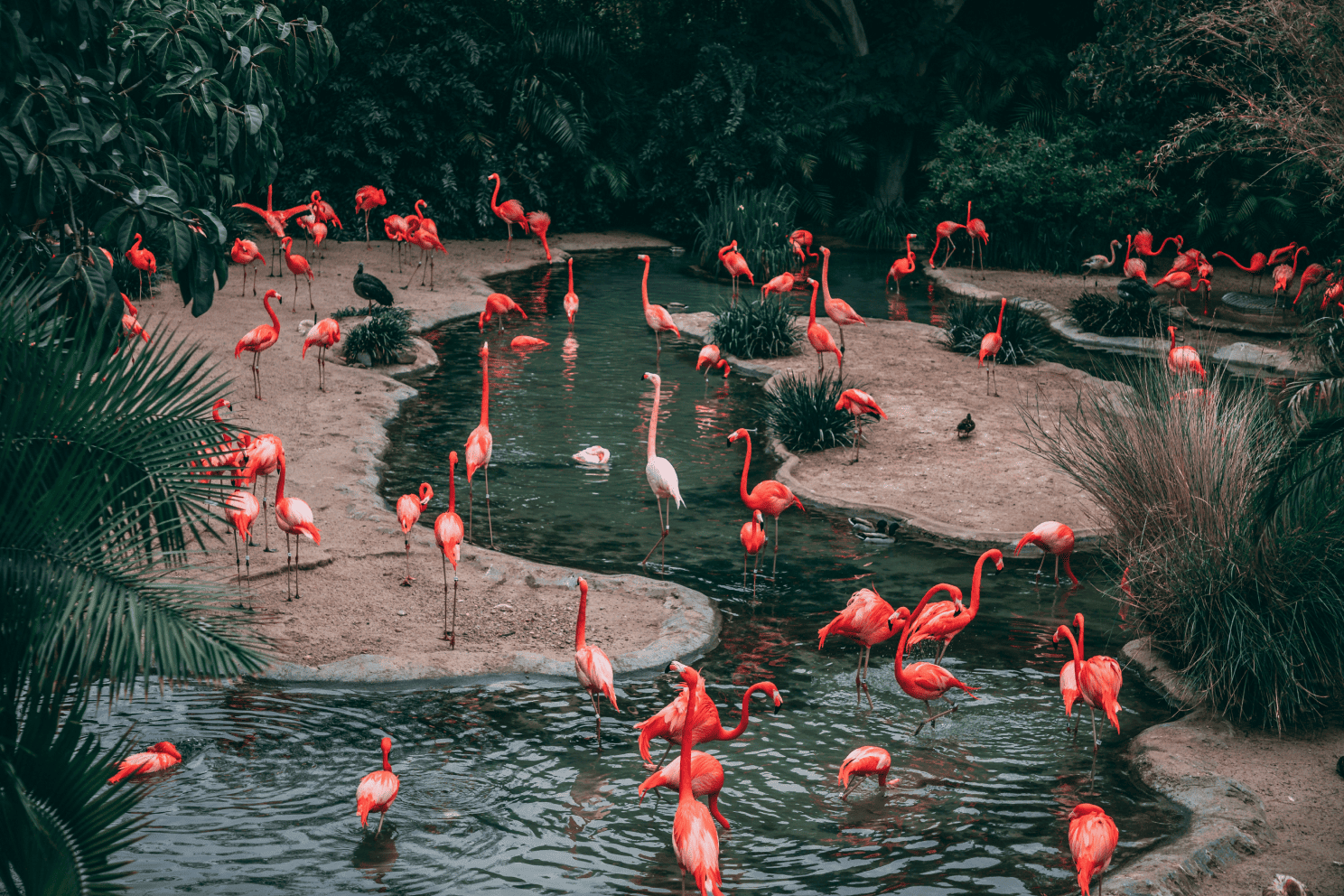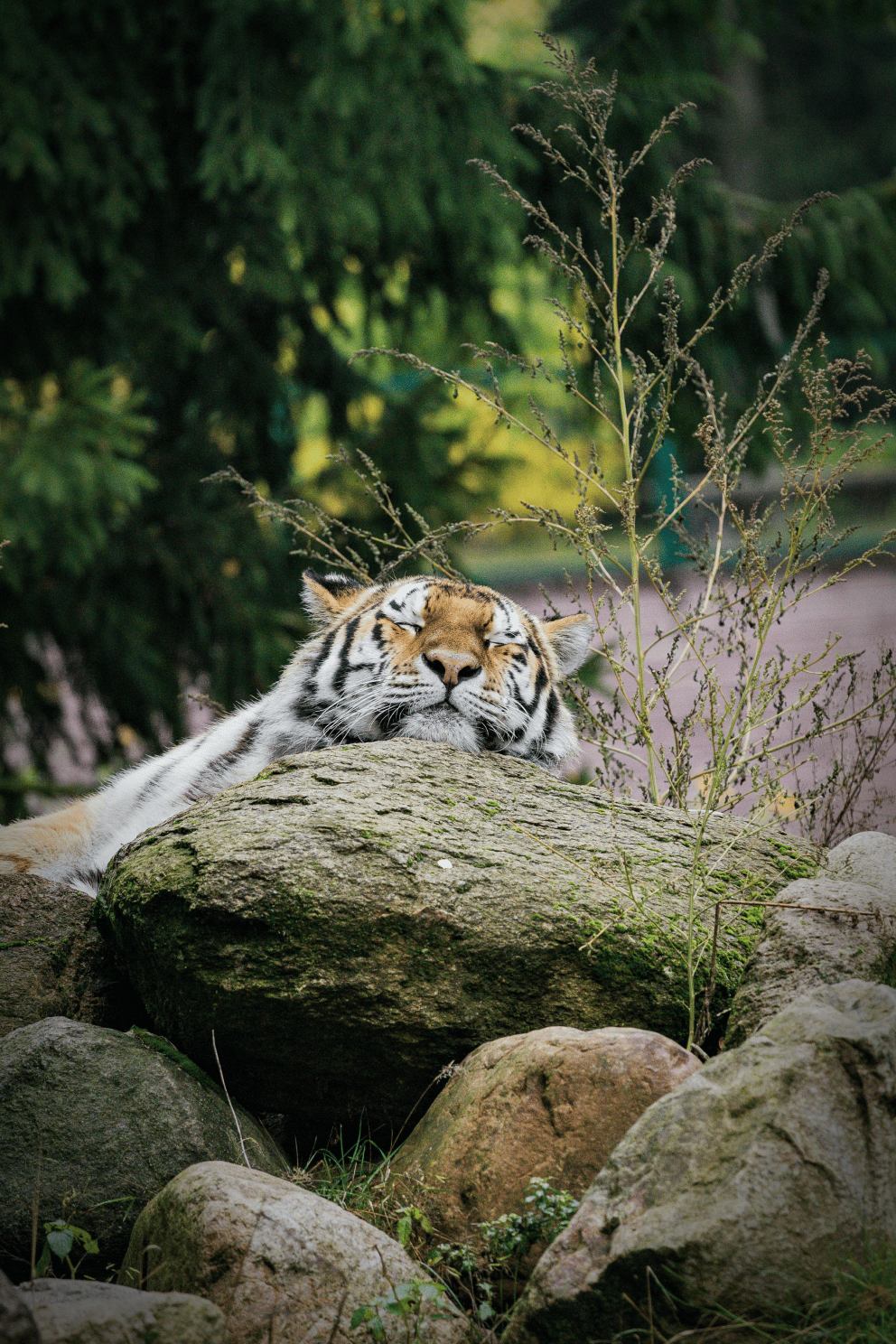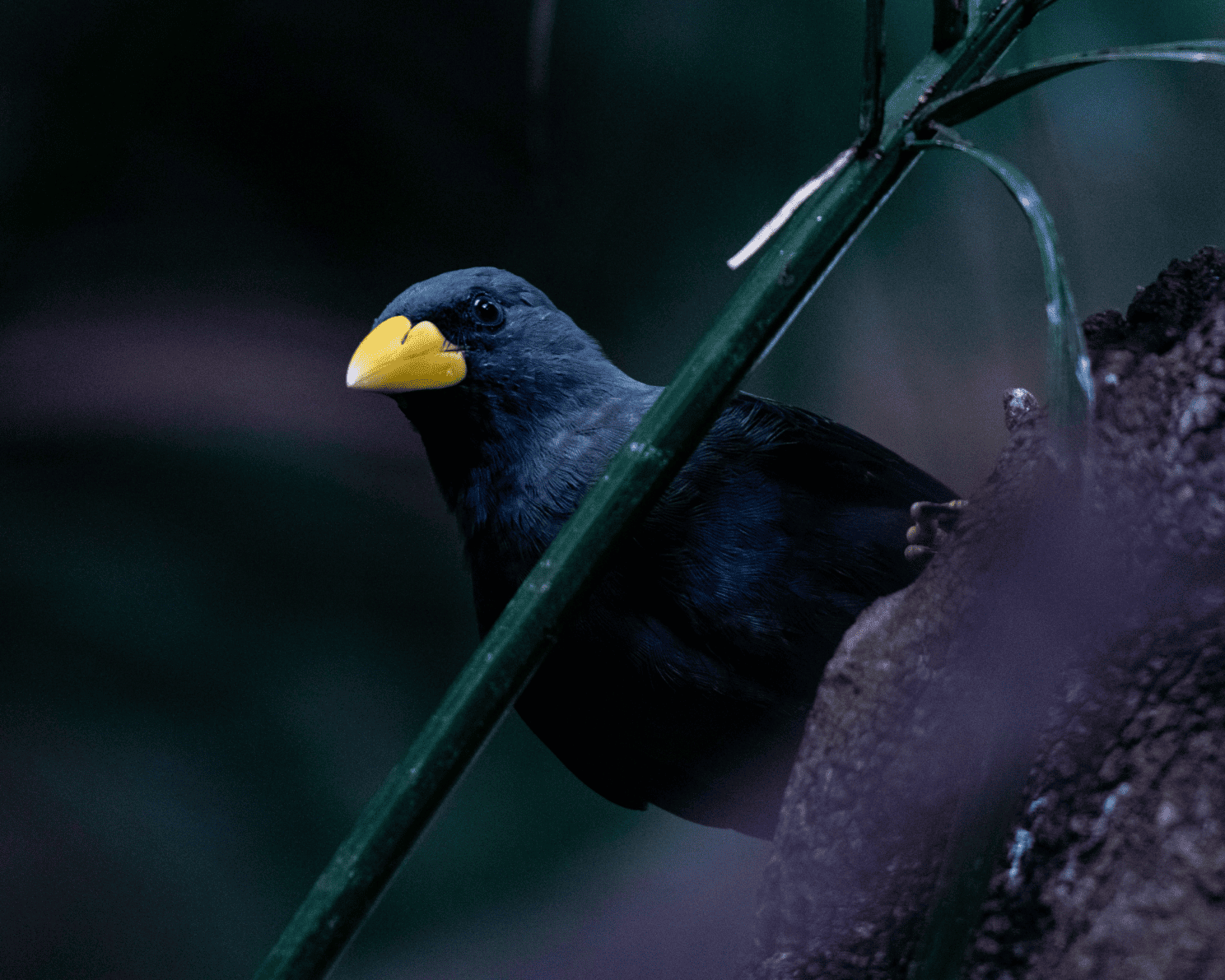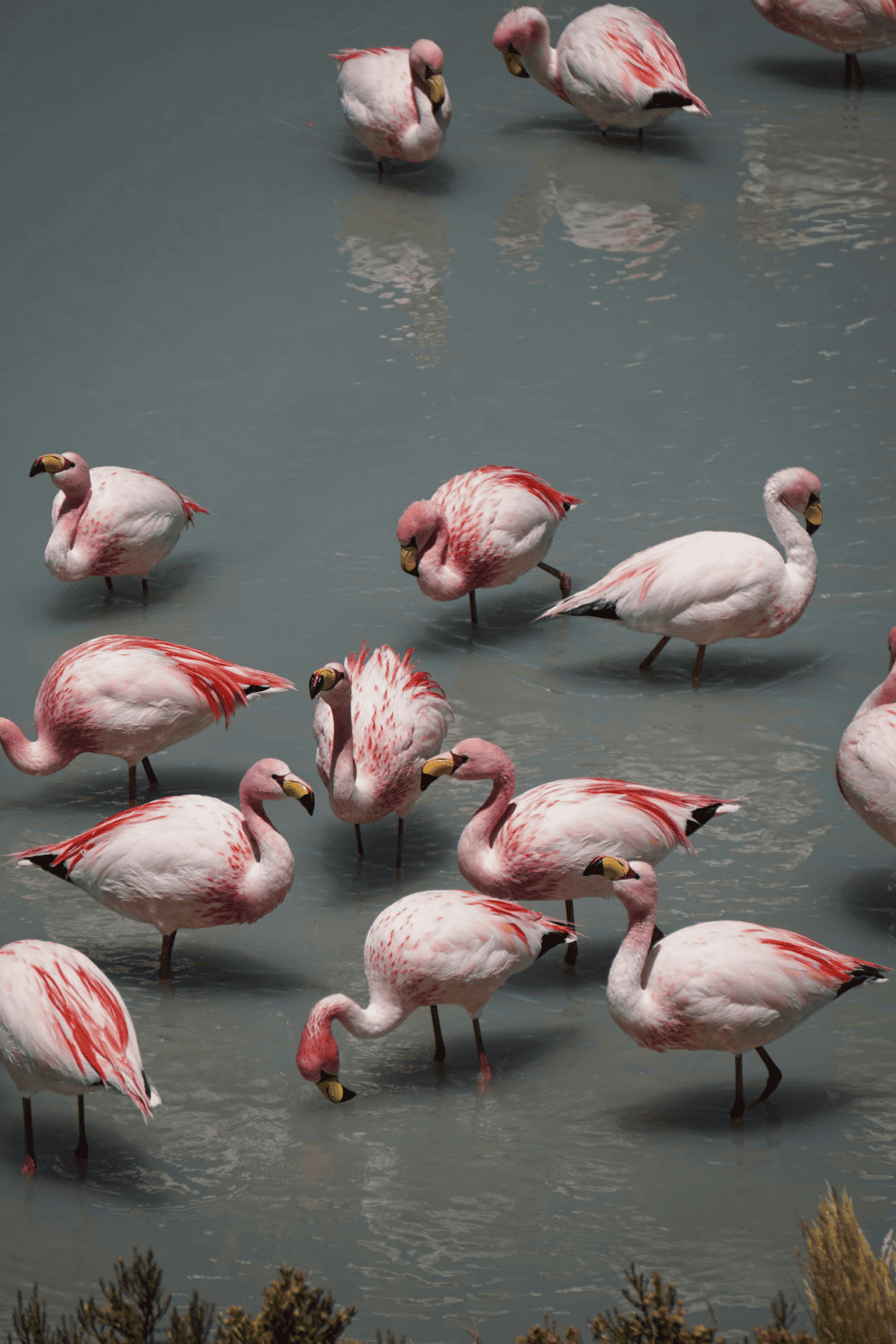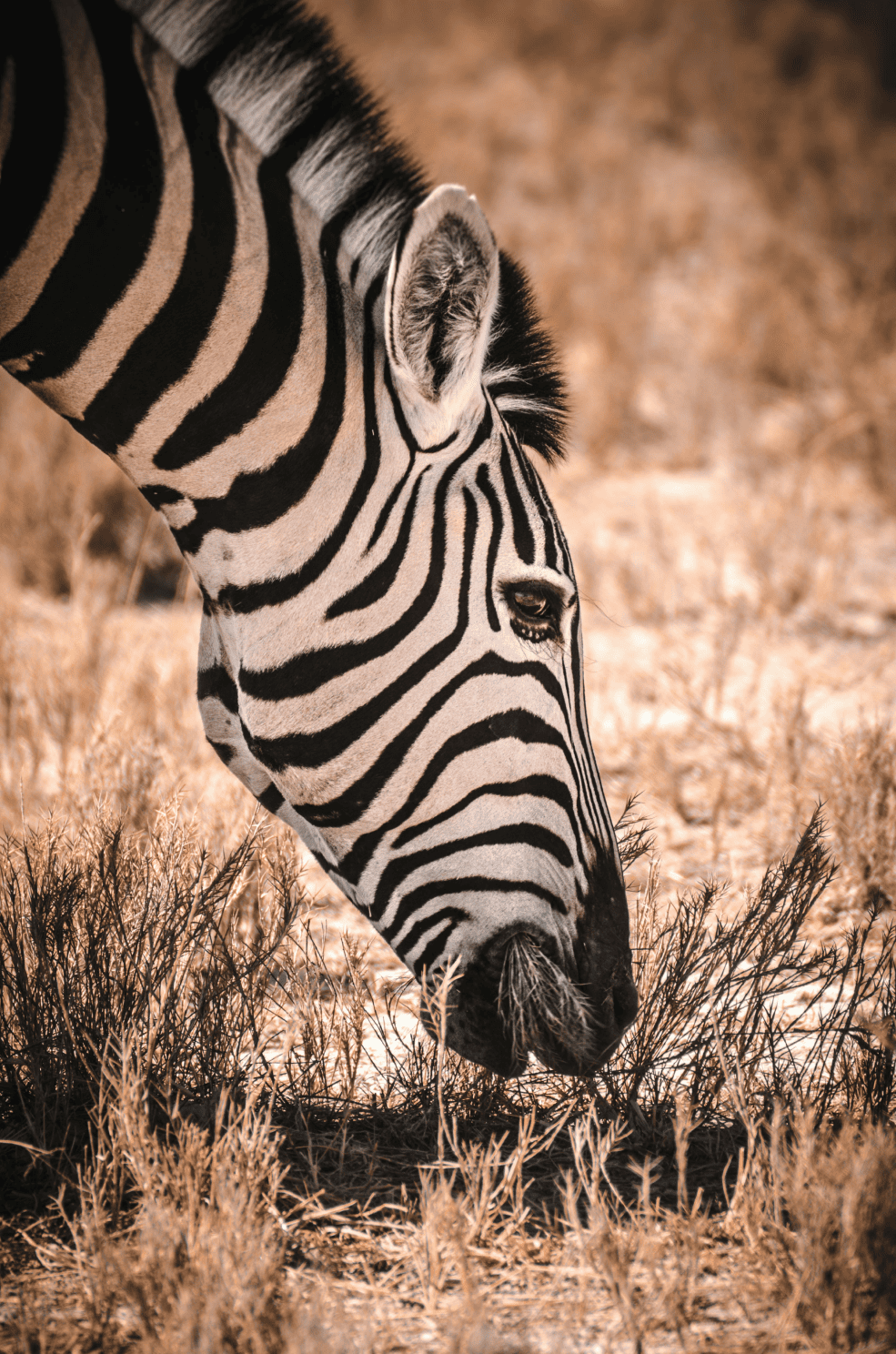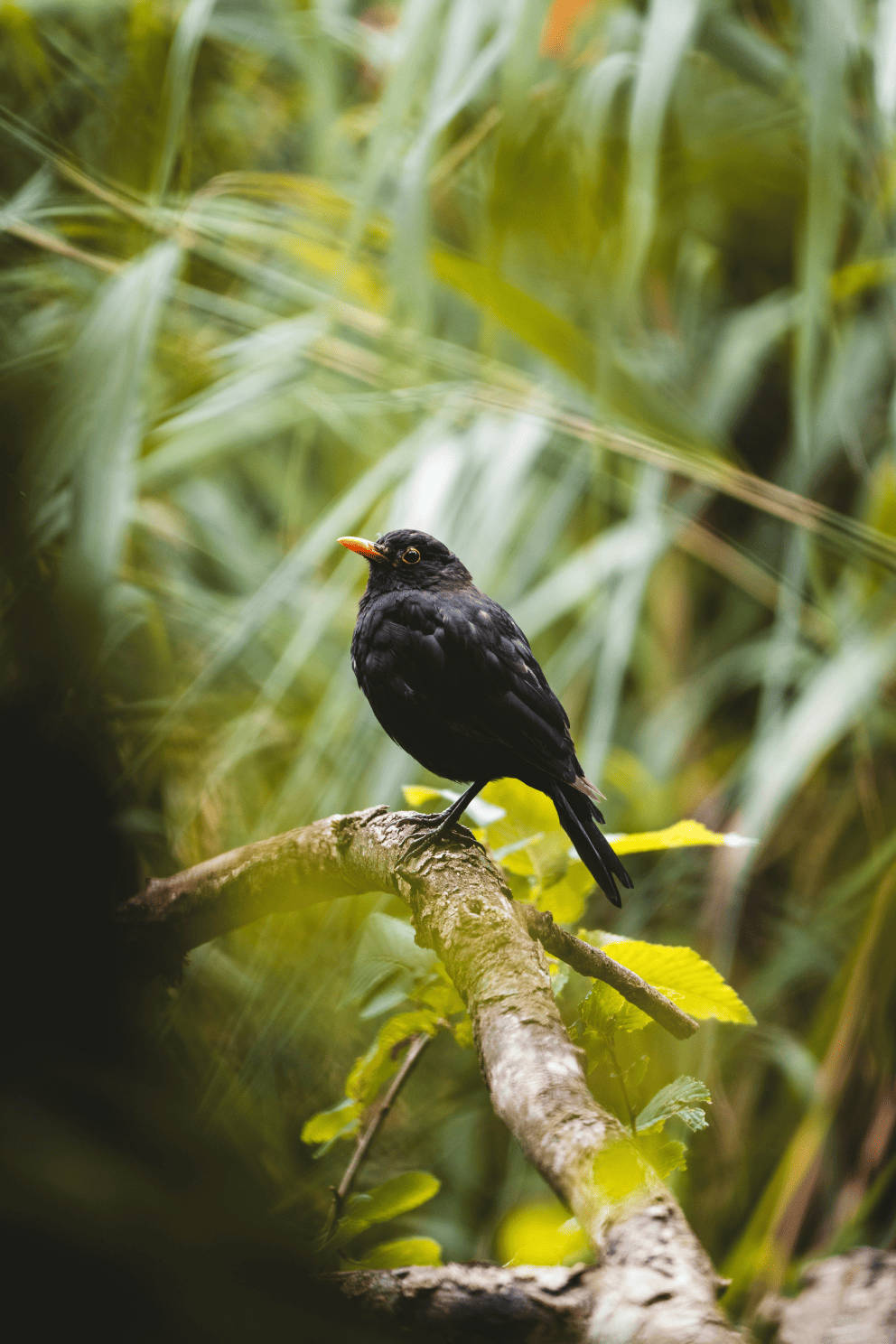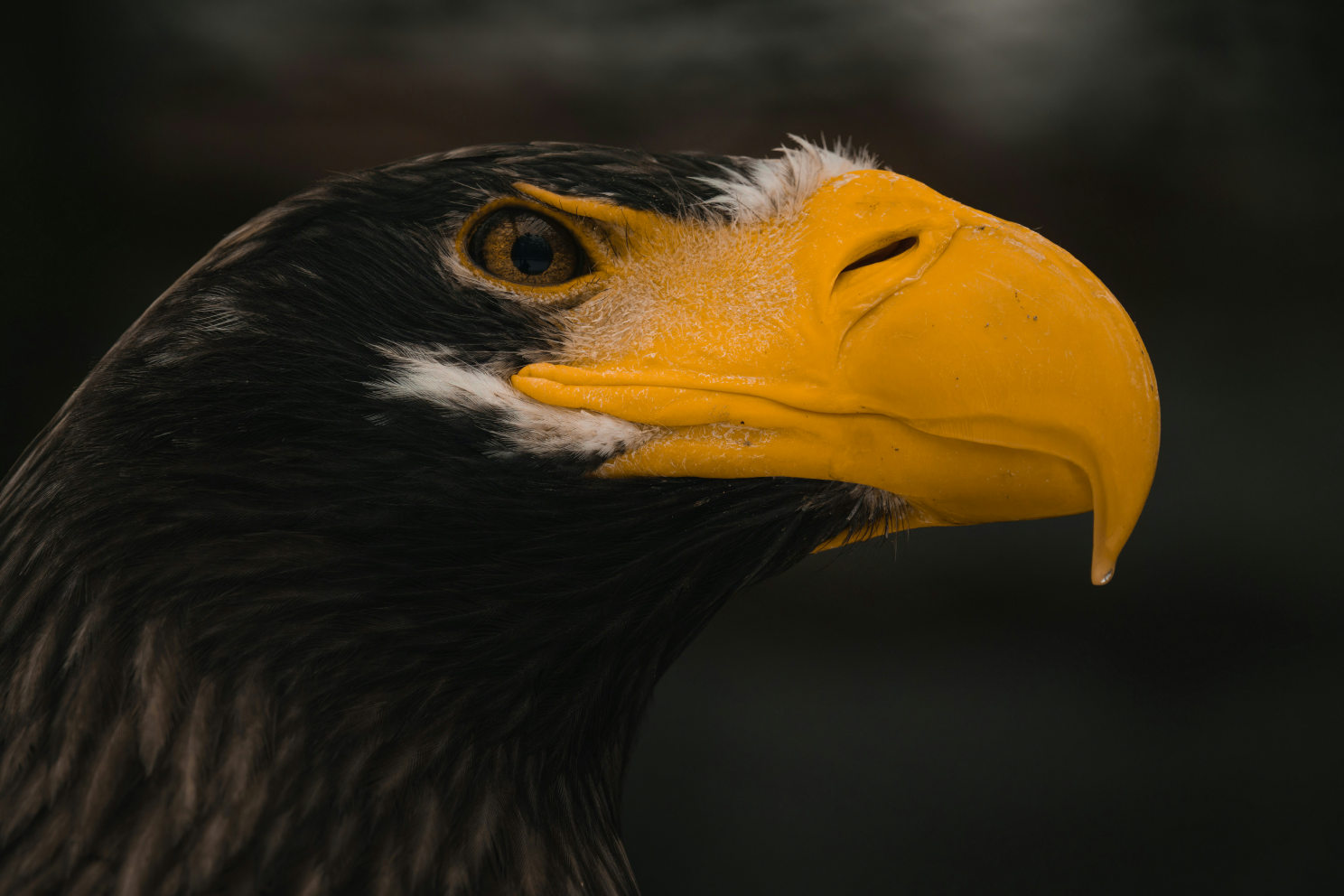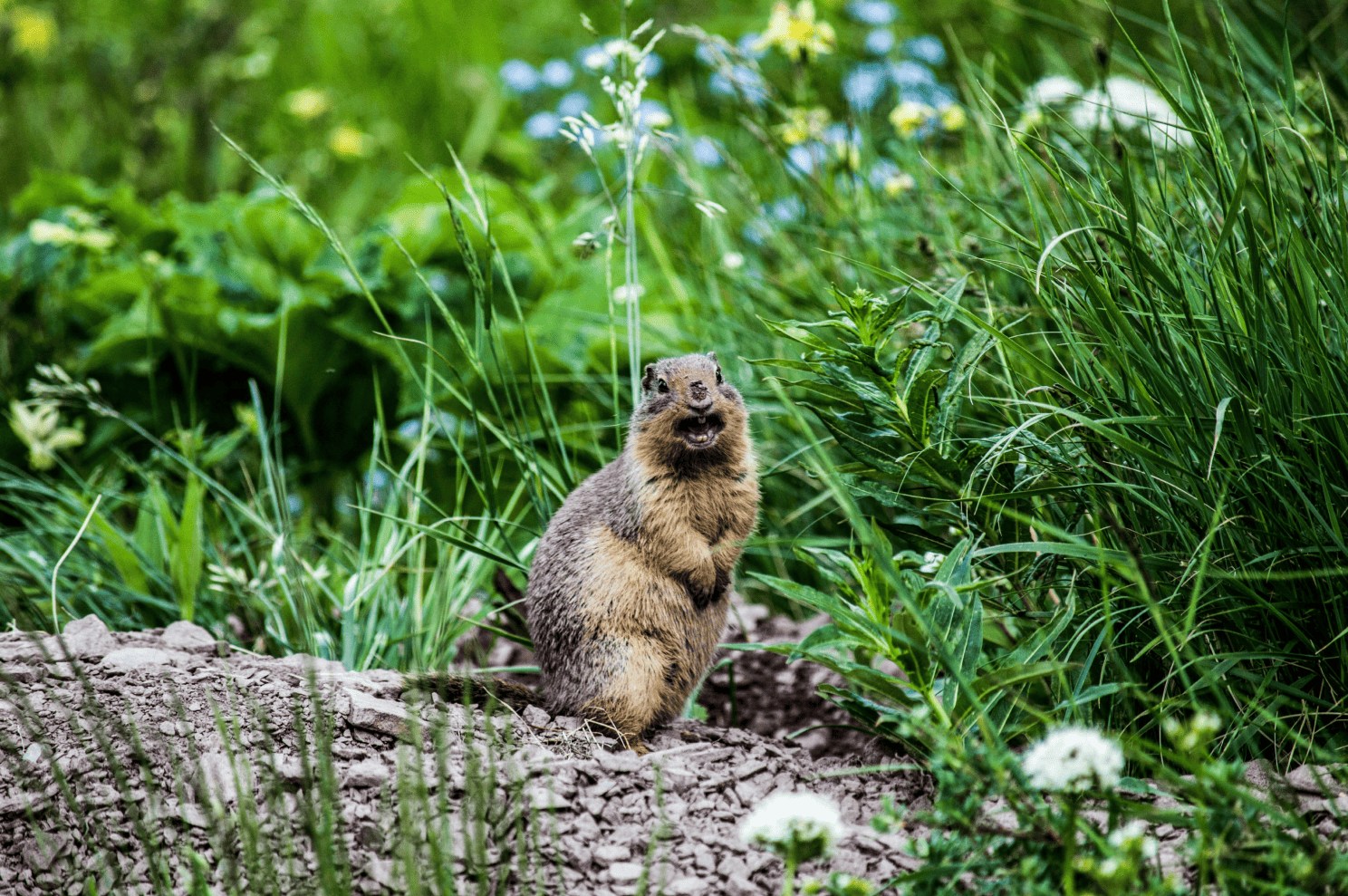Saving the Last Malayan Tigers
Deep within the tropical forests of Southeast Asia, Malayan tigers face critical threats due to deforestation and poaching. Their numbers have dwindled to less than 200 in the wild. Nature reserves have become the last strongholds for these majestic predators, offering them a safe haven to live and reproduce.
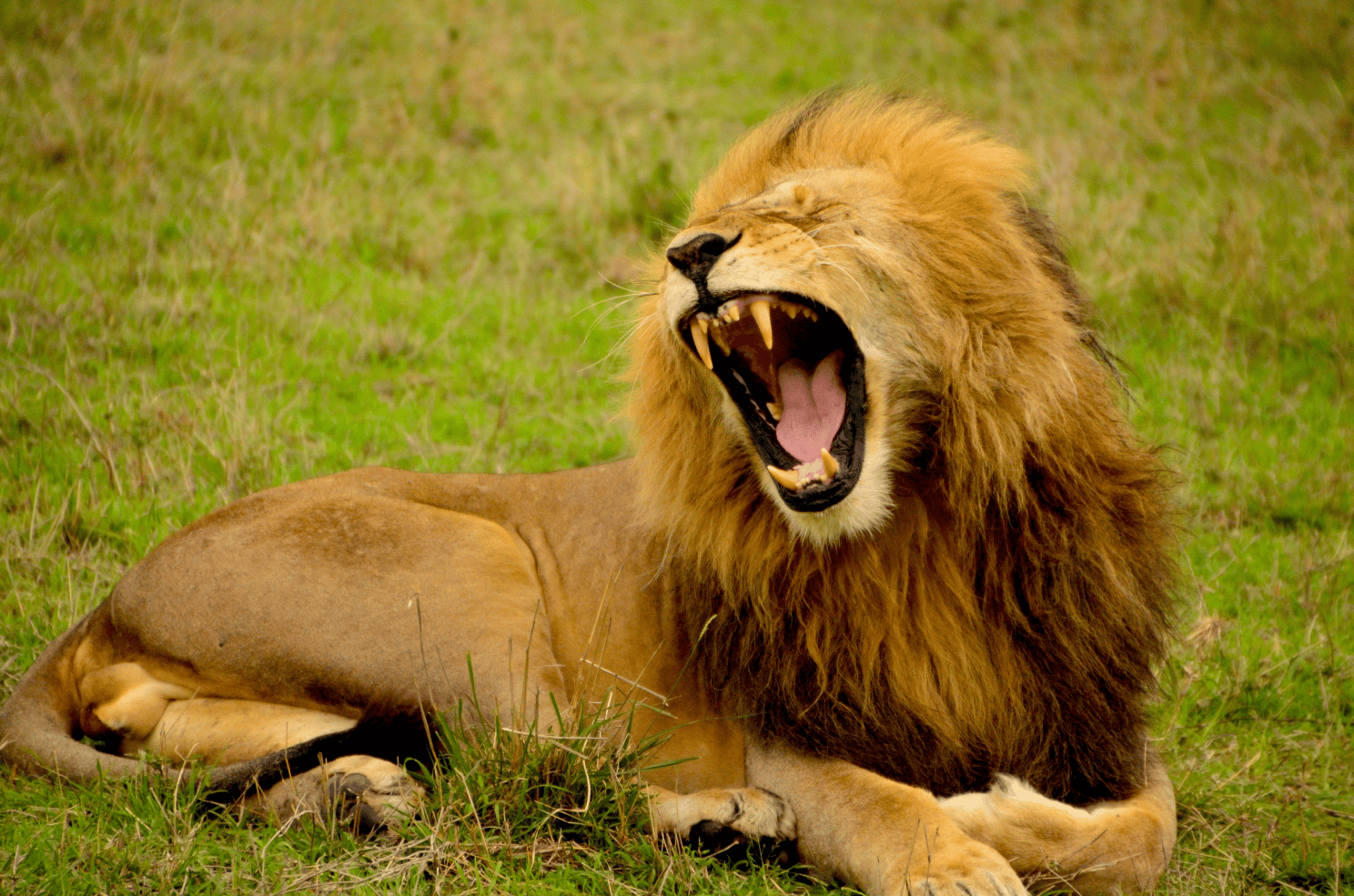
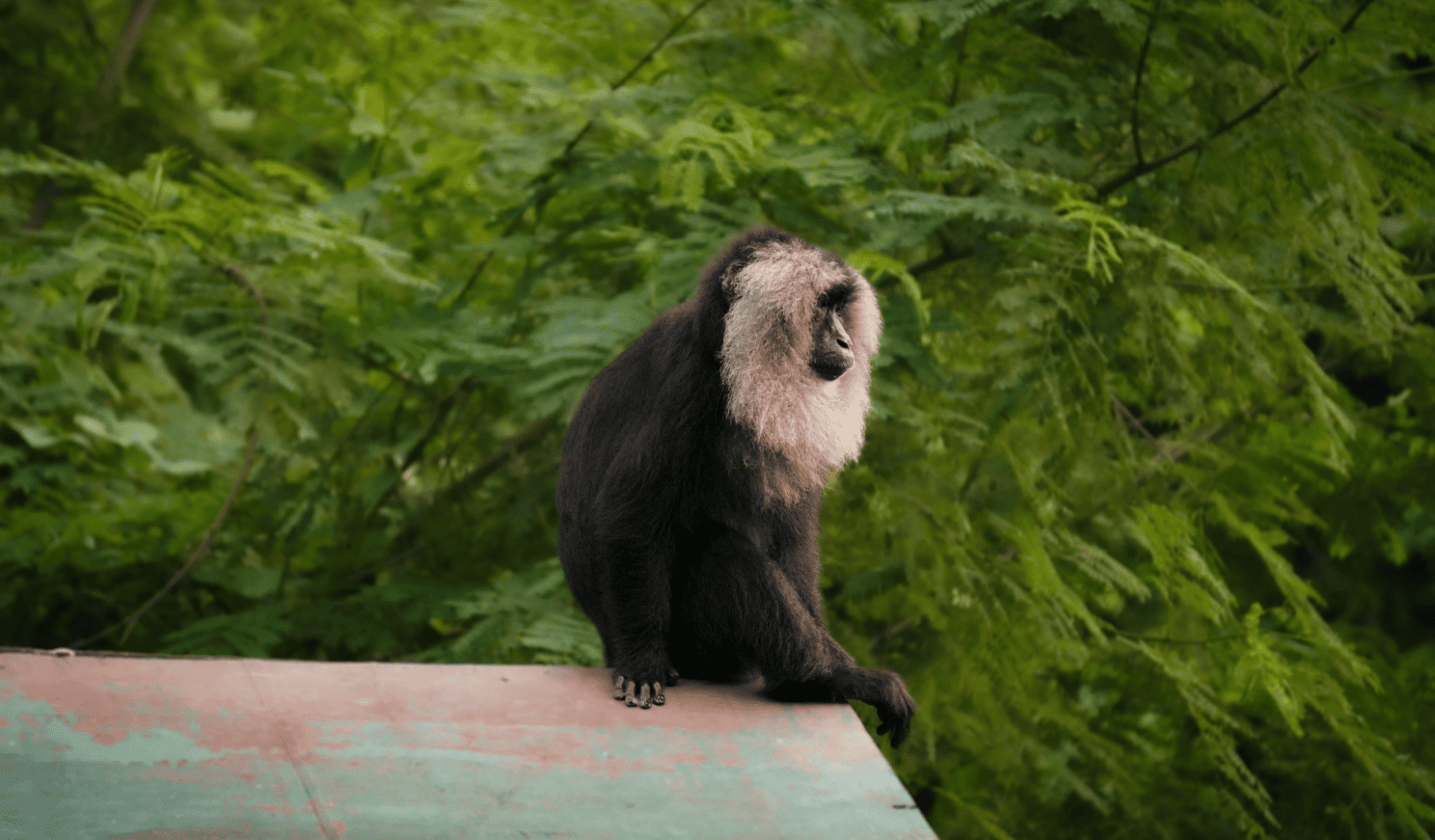
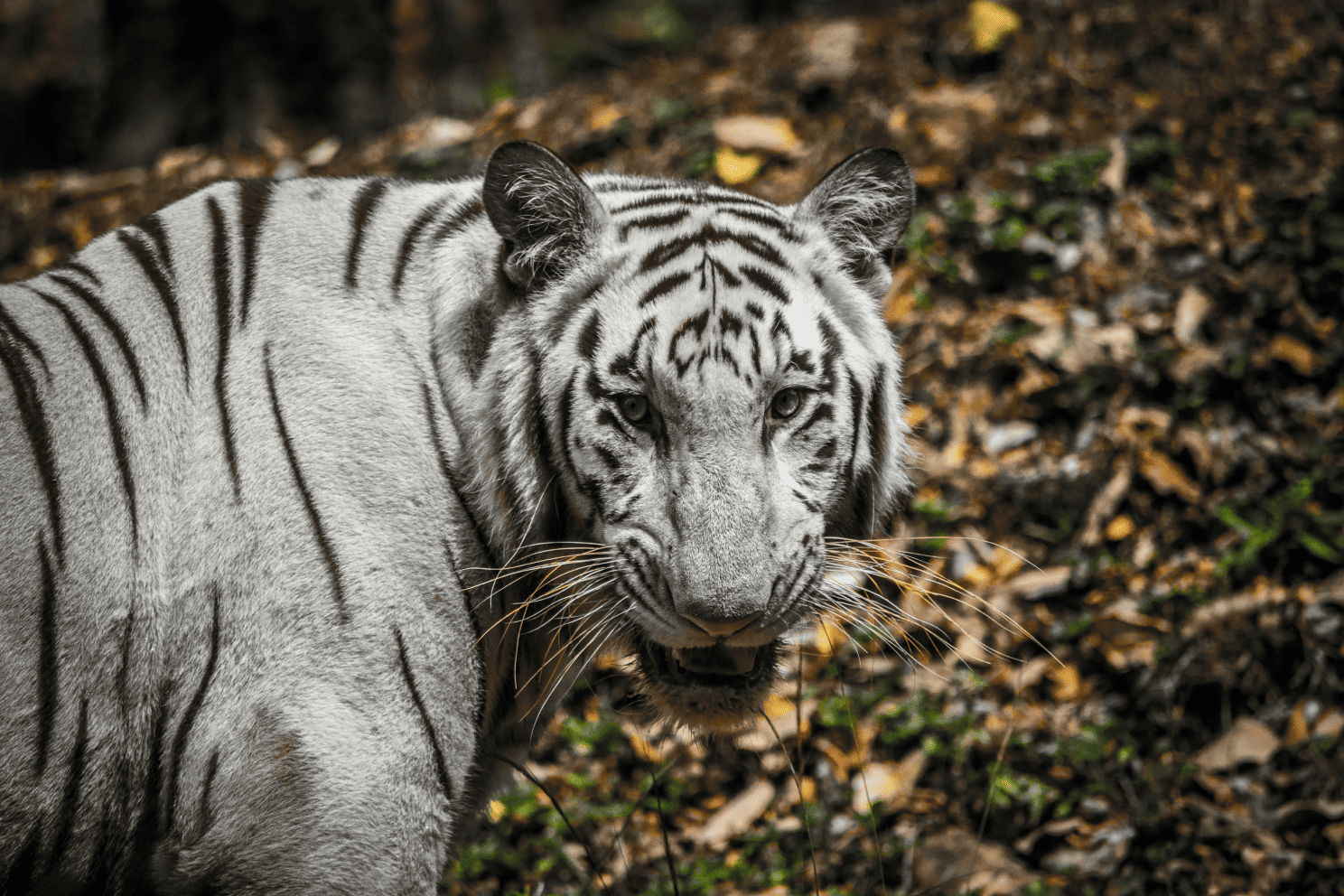
Testimonials
Endangered Species in Safe Havens
Many nature reserves are home to species on the brink of extinction. Through protection and conservation efforts, these sanctuaries give animals a second chance at survival, restoring populations and biodiversity.
Guardians of Nature Reserves
Nature reserves play a vital role in protecting endangered species and preserving biodiversity. These sanctuaries provide safe habitats where animals can thrive without the pressures of human activities, ensuring a future for wildlife.
FAQs
Feeling inquisitive? Have a read through some of our FAQs or contact our supporters for help
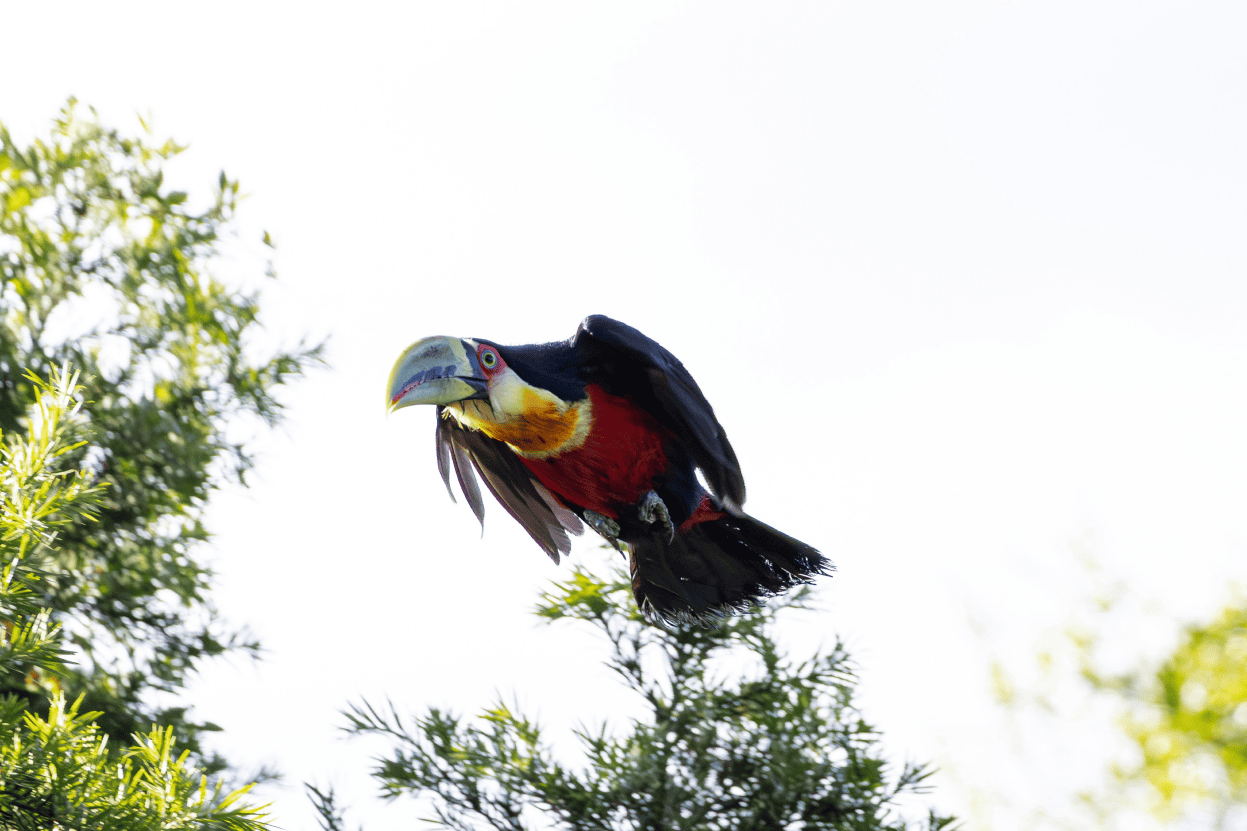
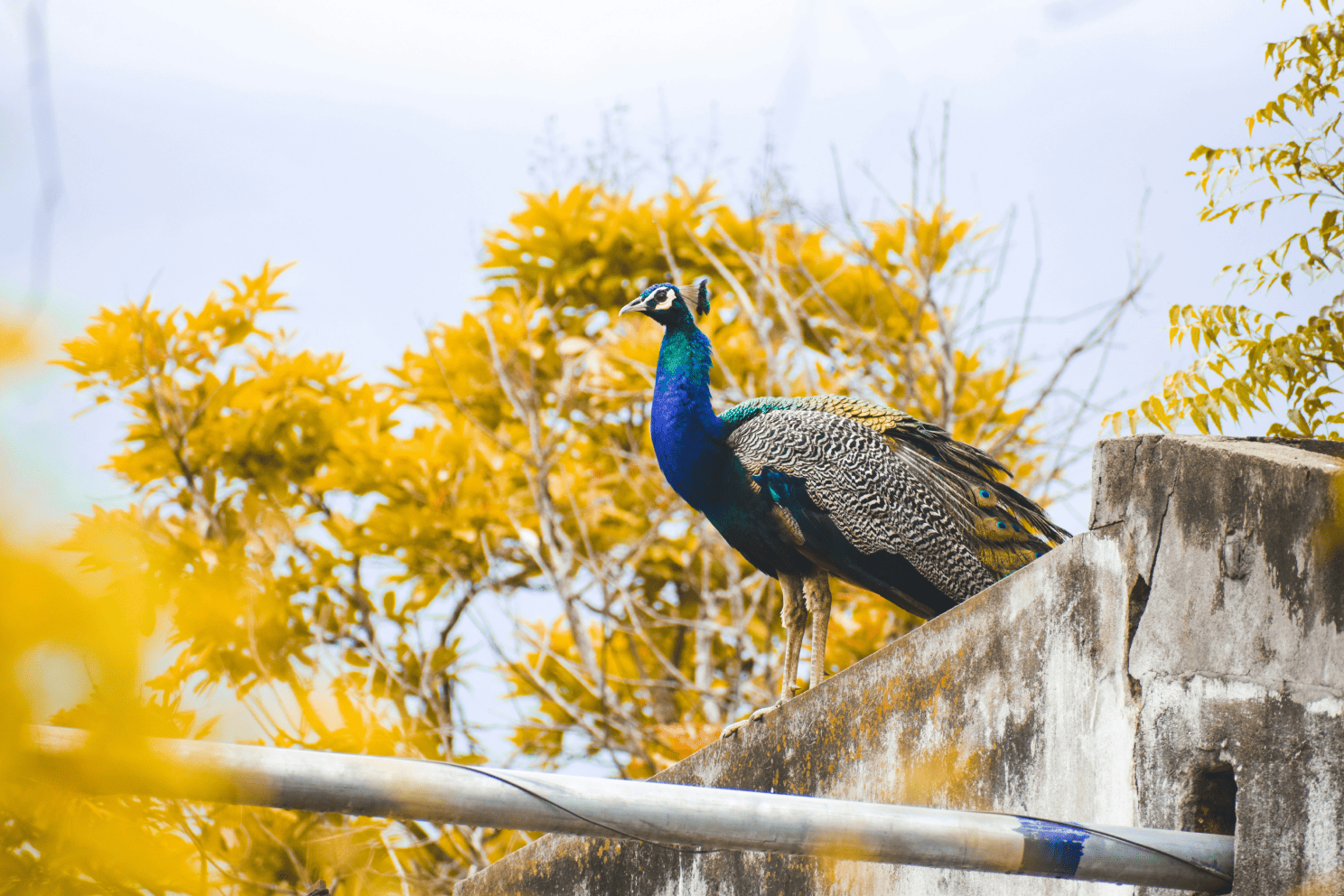
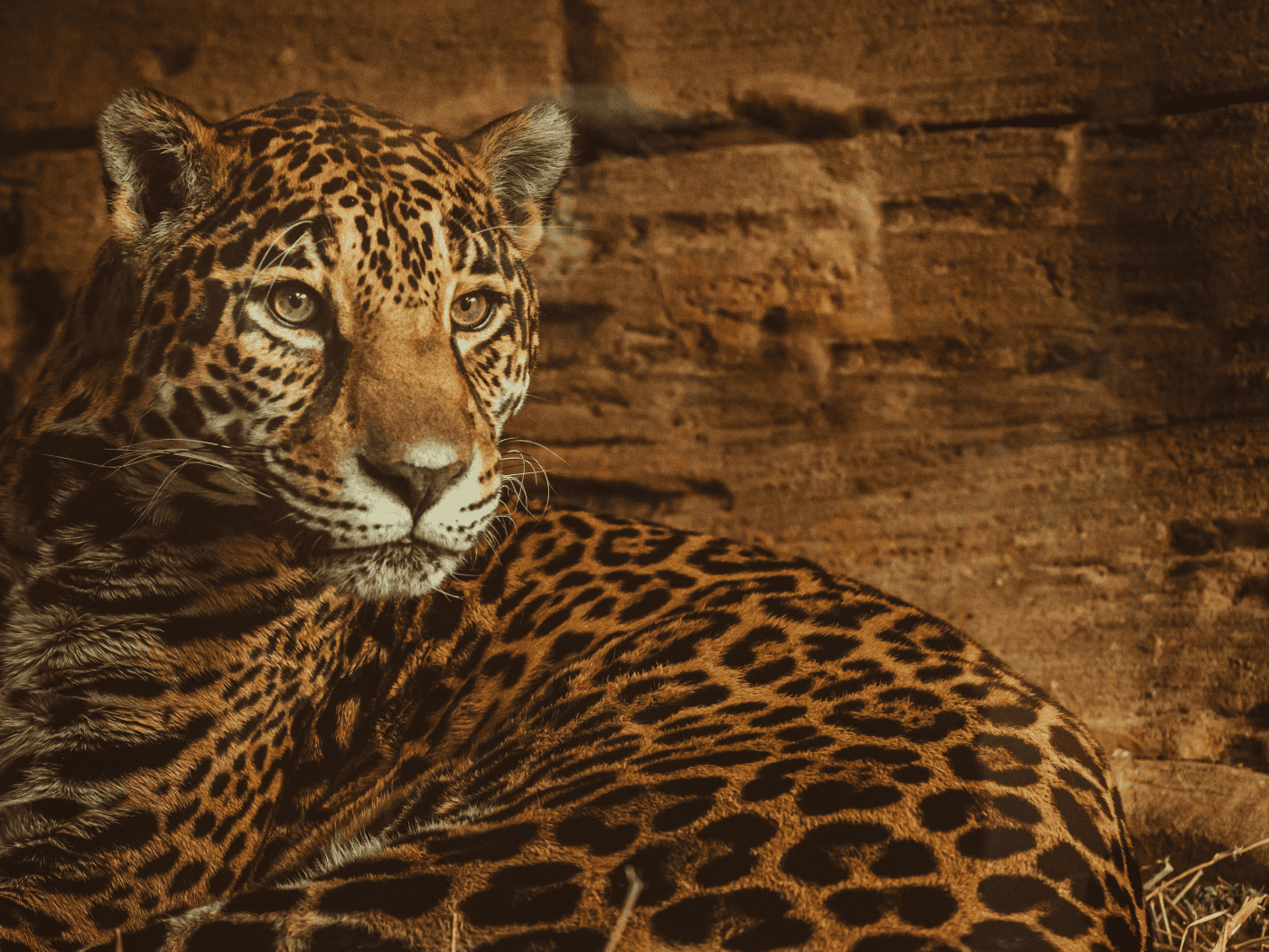
Nature Reserves: A Global Effort
Across the world, countries are dedicating lands to nature reserves to combat deforestation, climate change, and poaching. These collaborative efforts show humanity’s commitment to preserving the planet’s natural heritage.
Martin the Black-Tailed Deer
In the quiet expanses of a North American nature reserve, Martin, a black-tailed deer, captured the hearts of researchers and visitors alike. Martin was no ordinary deer. While most of his herd avoided human presence, he seemed irresistibly drawn to the researchers' camps scattered throughout the reserve. His bold curiosity led him to approach cameras, sniff tripods, and even nuzzle recording equipment.
The Elusive Jaguar
In the dense Amazon rainforest, an extraordinary jaguar earned the name "Shadow" for his unmatched ability to move unseen through the jungle. Shadow’s territory included a protected reserve near a winding river, where caimans—a key part of his diet—thrived. While jaguars are known for their strength and stealth, Shadow displayed a hunting technique that amazed researchers. Instead of ambushing his prey from the banks, he would silently slide into the water, swimming with precision and grace before launching a surprise attack.
King of the Savannah: The Lion
In the sprawling plains of an African savanna reserve, a lion named Nuru gained fame for his remarkable leadership abilities. Unlike other prides that strictly consisted of related members, Nuru led a coalition of lions from various backgrounds. This unusual pride structure allowed them to dominate a vast territory and thrive in an ecosystem where competition for food and water was fierce.
The Pink Flamingo’s Dance
Every year, in a saltwater lagoon within a protected reserve, thousands of pink flamingos gather for a spectacular courtship ritual. Among these graceful birds was Luma, a flamingo whose striking pink plumage and energetic dance moves set her apart. While other flamingos swayed gently, Luma’s flair for dramatic twirls and synchronized wing flaps made her a standout performer.
The Proud Peacock
In a verdant Indian nature reserve, a peacock named Raj became a living legend. Known for his dazzling feathers and mesmerizing courtship displays, Raj quickly earned the nickname "King of the Jungle's Dance Floor." During mating season, Raj would unfurl his shimmering tail feathers, creating a vibrant fan of iridescent blues and greens that dazzled both peahens and human visitors.
The Malayan Tiger’s Journey
Arjun, a Malayan tiger, was just a cub when he was found injured and orphaned near the edge of a reserve in Malaysia. Rescuers brought him to a rehabilitation center within the reserve, where he was nursed back to health. The journey to recovery was long and challenging, requiring Arjun to relearn essential survival skills such as hunting and territorial marking.
The Colorful Toucan
In the heart of a lush rainforest reserve, Chico the toucan became the star attraction. With his vibrant yellow, orange, and blue plumage, Chico was impossible to miss, but it was his playful personality that made him unforgettable. Known for his habit of stealing shiny objects, Chico delighted visitors and researchers alike.
The Forest Marmot
High in the alpine meadows of a European reserve, Greta the forest marmot was known for her bold and curious nature. While most marmots avoided humans, Greta seemed to enjoy their company. One winter, Greta built her burrow unusually close to a ranger station, allowing researchers to observe her hibernation behavior in detail.
The Scarlet-Rumped Cacique
Pablo, a scarlet-rumped cacique, became famous for his nest-building skills in a tropical reserve. Unlike most of his kind, Pablo built his nests larger and sturdier, often weaving them high in the trees where predators like snakes couldn’t reach. His innovative techniques not only ensured the survival of his chicks but also influenced other birds in the area to adapt their nesting methods.





